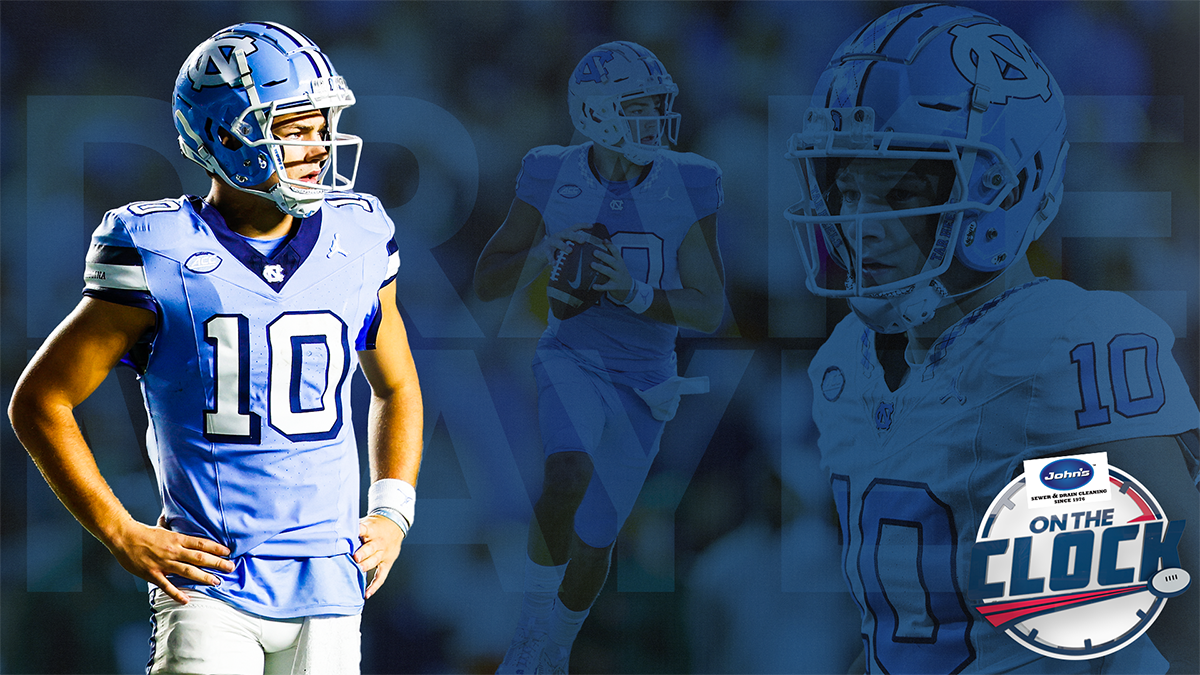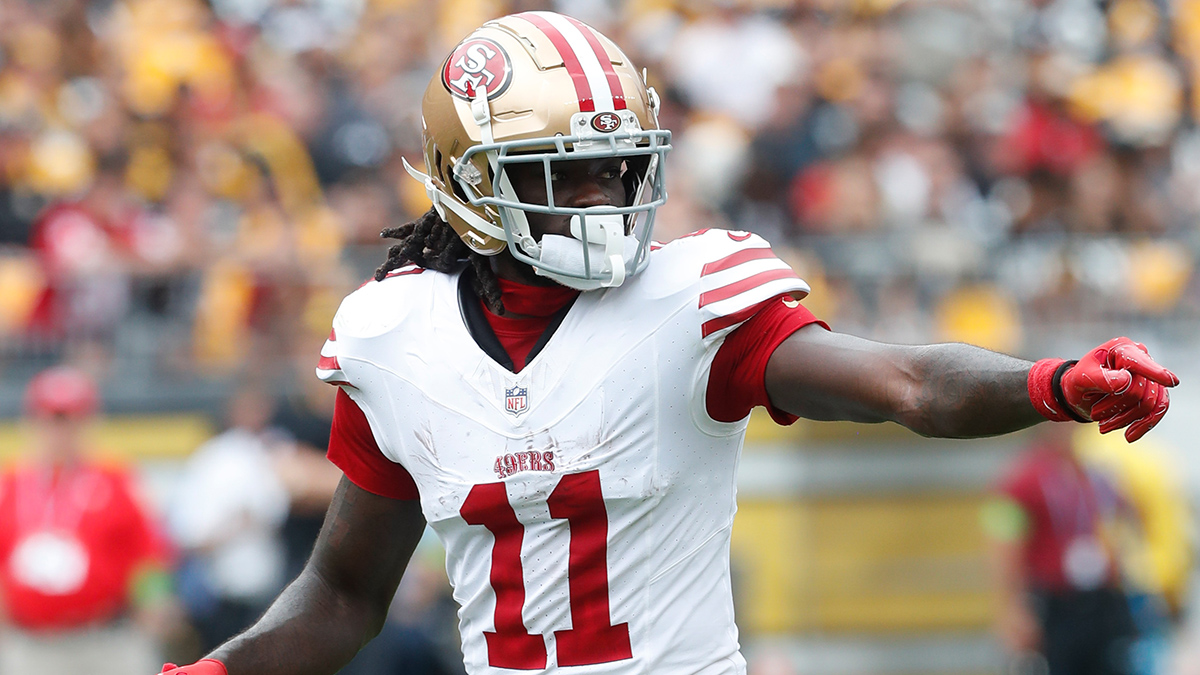Michael Floyd was the 13th overall pick in a 2012 draft class that wasn’t known for having great receivers. He ultimately didn’t prove to be worth that in Arizona over five seasons, but he nevertheless comes to New England with something of a high pedigree.
So, where did that billing come from?
The answer is kind of boring, but it’s a combination of physical attributes and numbers. At 6-foot-2 and 220 pounds, Floyd had better size than the draft’s top-ranked receiver (Justin Blackmon) and his competition to be the second receiver taken (Kendall Wright). He also held the Notre Dame school record with 37 touchdown receptions over his four seasons, two of those seasons came under Charlie Weis.
Holding him back were his three arrests for alcohol-related incidents, including a DUI, but his 4.47 second 40-yard dash (faster than the 5-foot-10, 196-pound Wright’s showing) cemented himself as a first-round prospect.
From NFL.com after the 2012 scouting combine:
Floyd is a polished receiver who shows the ability to release and burst off the line of scrimmage despite his frame. He is a solid route runner who will consistently make the big catch. He is an excellent athlete who is strong and contributes in the run game with his physicality on the edge. A receiver who is tough across the middle, Floyd will make the tough catch and get up-field. Floyd brings that No. 1 receiver presence to the next level and projects to produce to that standard. Floyd's explosiveness off the line and frame when catching balls make him a presence that is felt by opposing defenses. As a blocker, Floyd will do more than just mirror defenders, as he will come down the line of scrimmage and crack linebackers. He is a red zone threat at any level and his projectability to the next level is a major key to his high draft value.
[Looking back at that draft and it's a whopper of a reminder to not get too caught up in however the wind happens to be blowing at the combine. After the aformentioned three receivers and then A.J. Jenkins, Brian Quick and Stephen Hill were taken, it was the draft's seventh receiver, Alshon Jeffrey, who proved to be the stud of the class. As you may recall, his stock plummeted because he'd put on weight.]
New England Patriots
Floyd’s selection by the Cardinals set him up to be their No. 2 until he would, in theory, he surpass Larry Fitzgerald, a succession plan the Texans managed to execute a year later by taking DeAndre Hopkins to team with and eventually replace Andre Johnson.
Yet, Floyd never quite took off as a No. 1 in the making. Though he led the team in receiving yards in 2013 and 2014, he was third on the team in receiving yards in three of his five seasons in Arizona, including the past two. To be fair, this season has seen him out-targeted by running back David Johnson, so he was working as the team’s No. 2 receiver, even if not by much over John Brown.
Coming to New England, maybe he’ll make an impact the way Deion Branch did immediately in 2010 or the way Jabar Gaffney eventually did in 2006. He’s got a lot riding on this stretch with New England, as he’ll be a free agent at season’s end and teams might not be enamored with a receiver who failed to reach his potential in two spots, even if he was a first-round pick.


